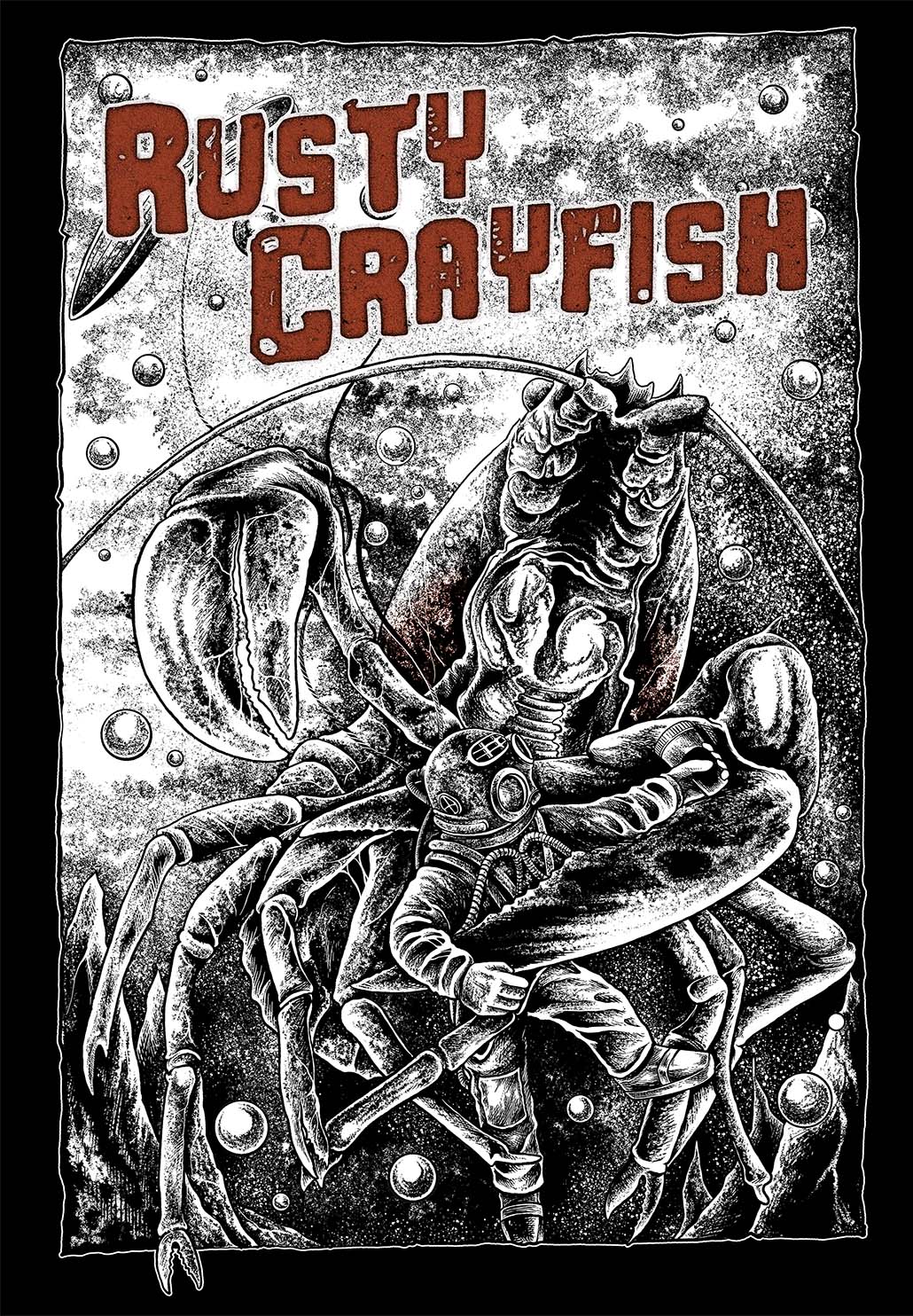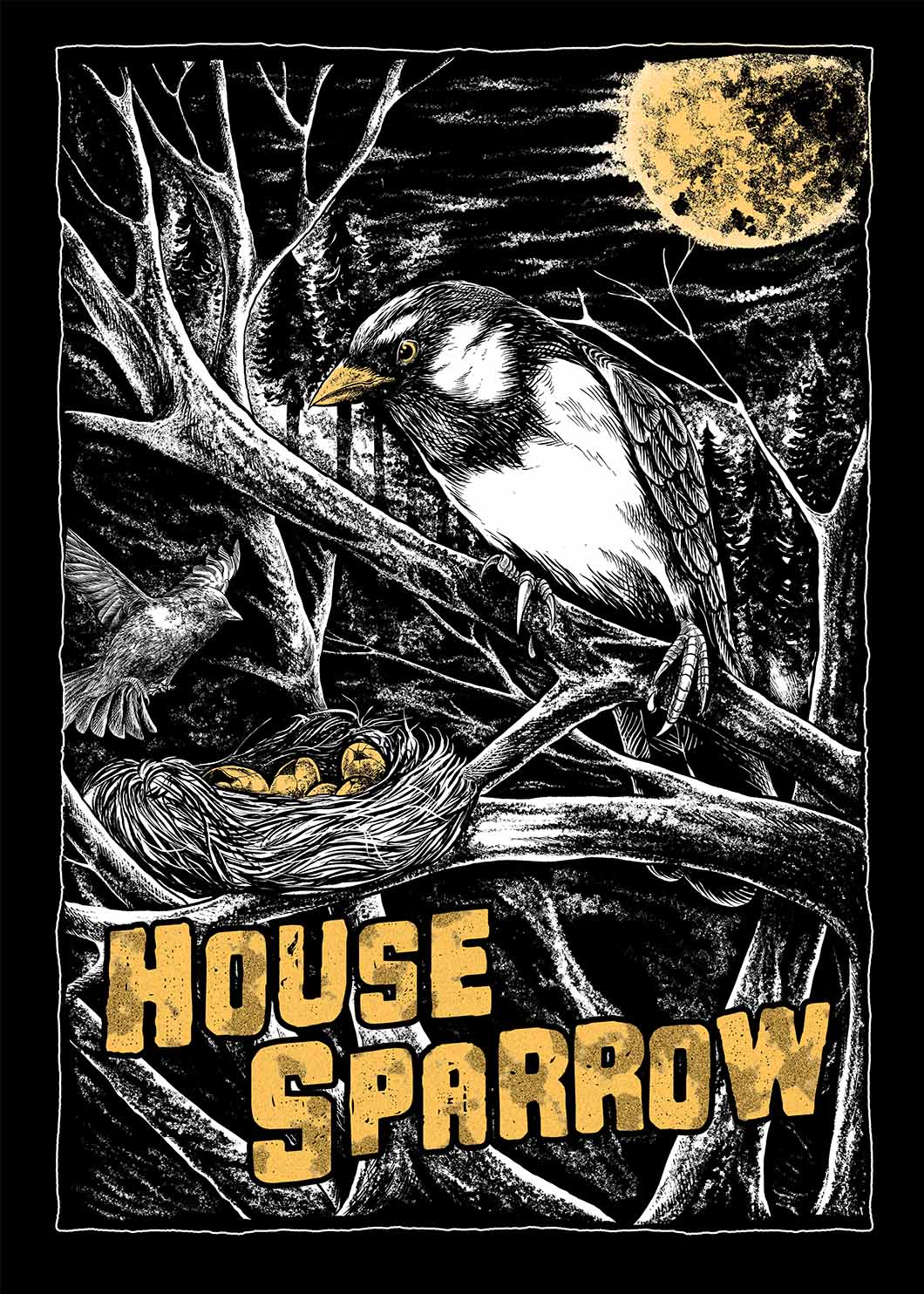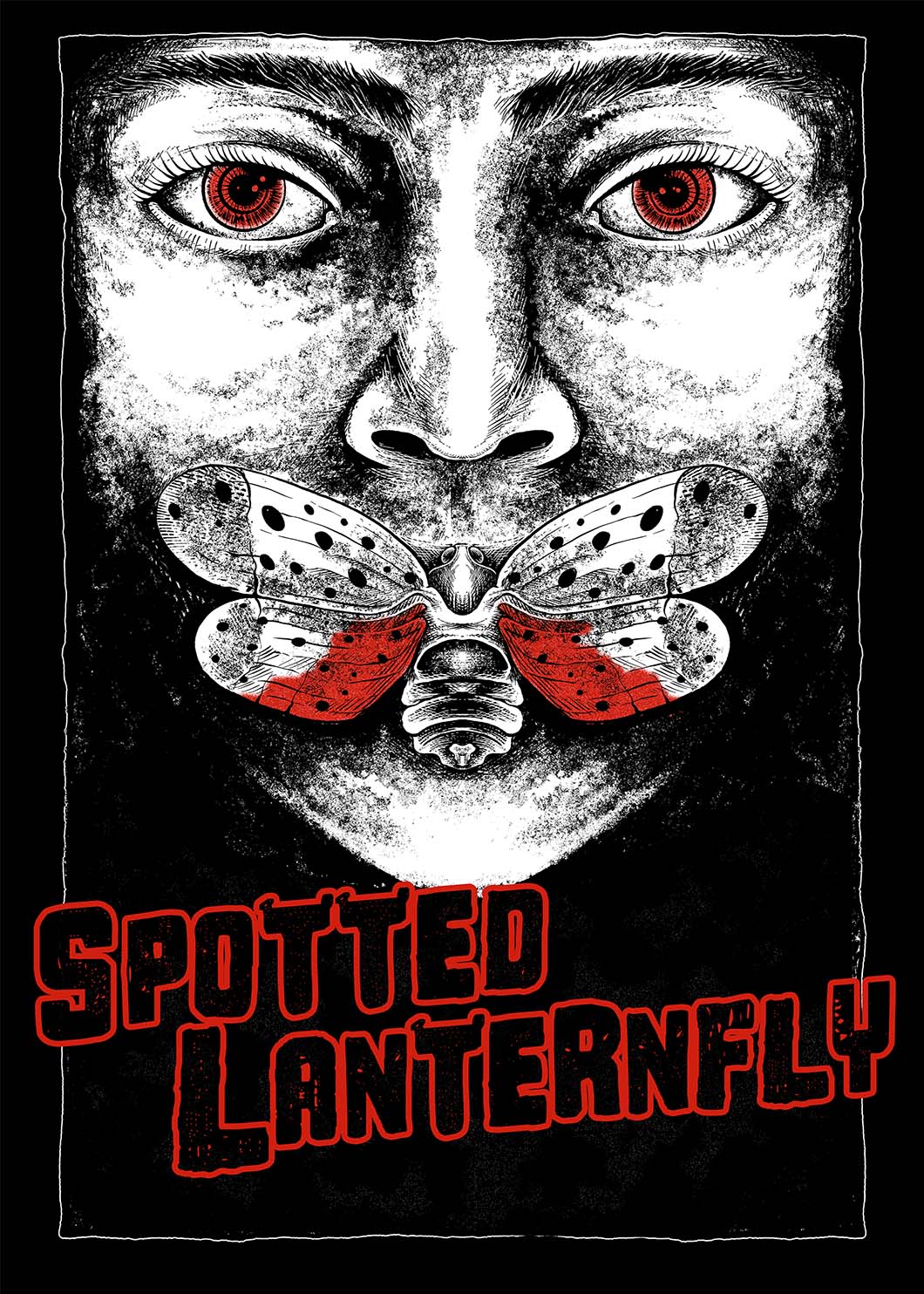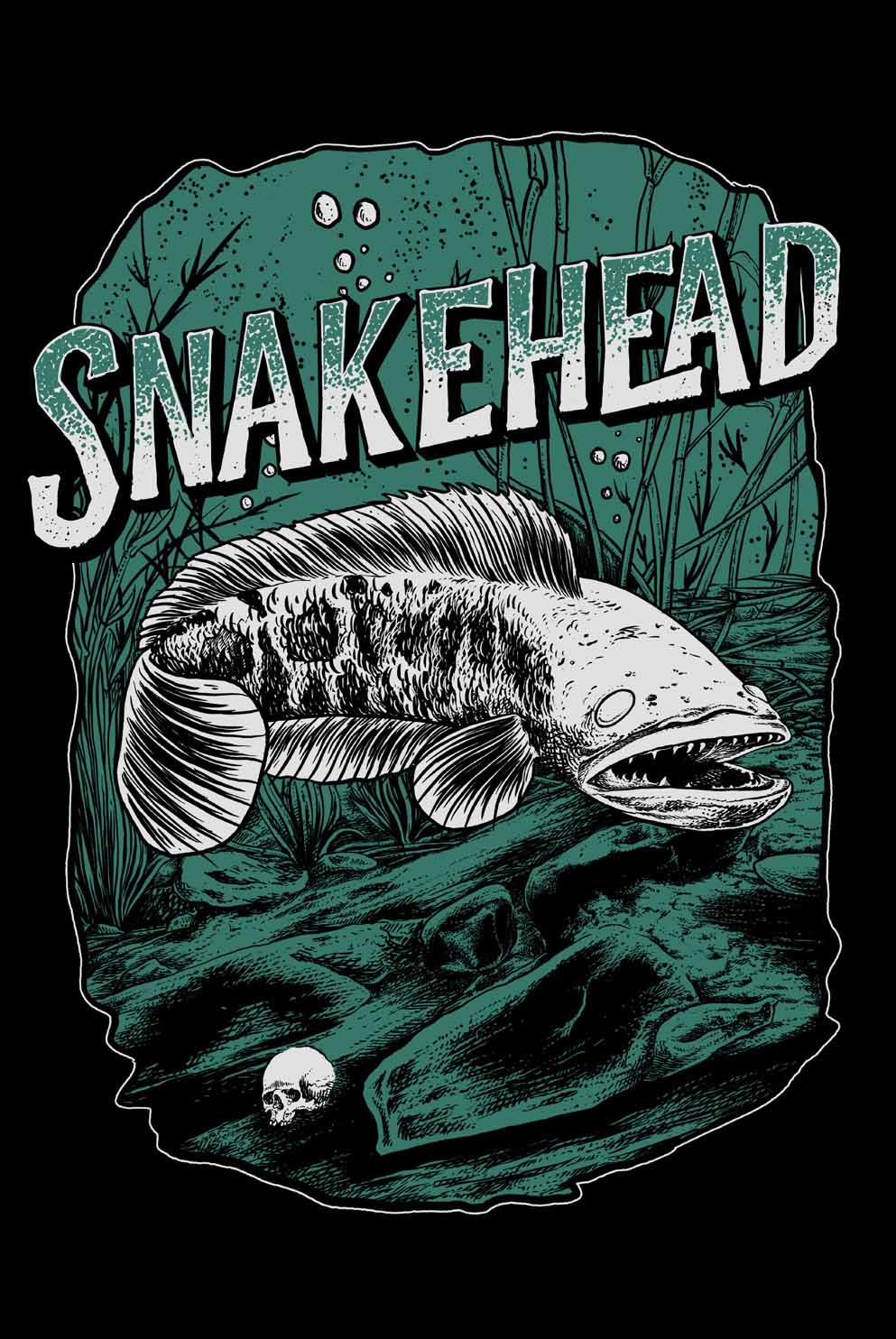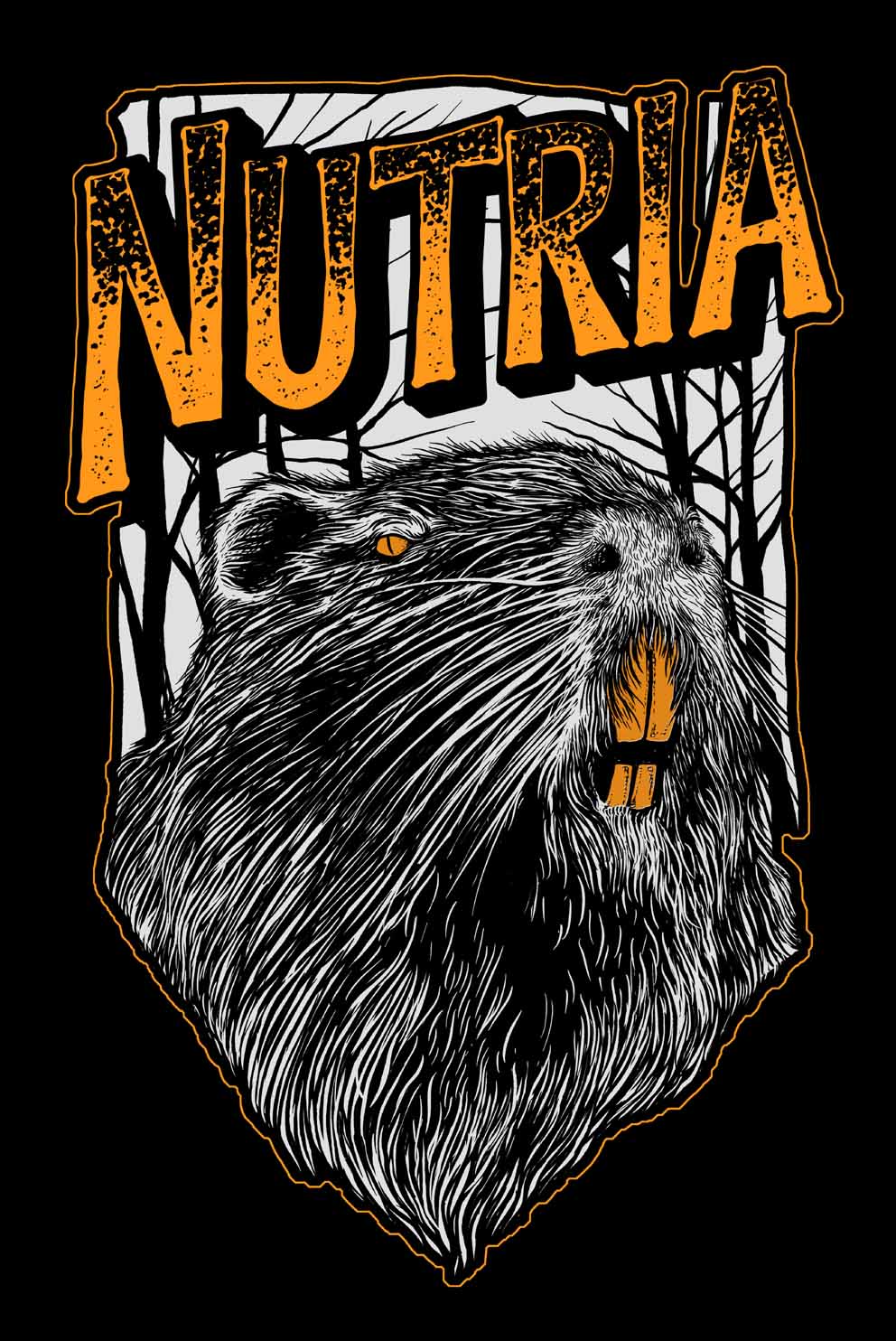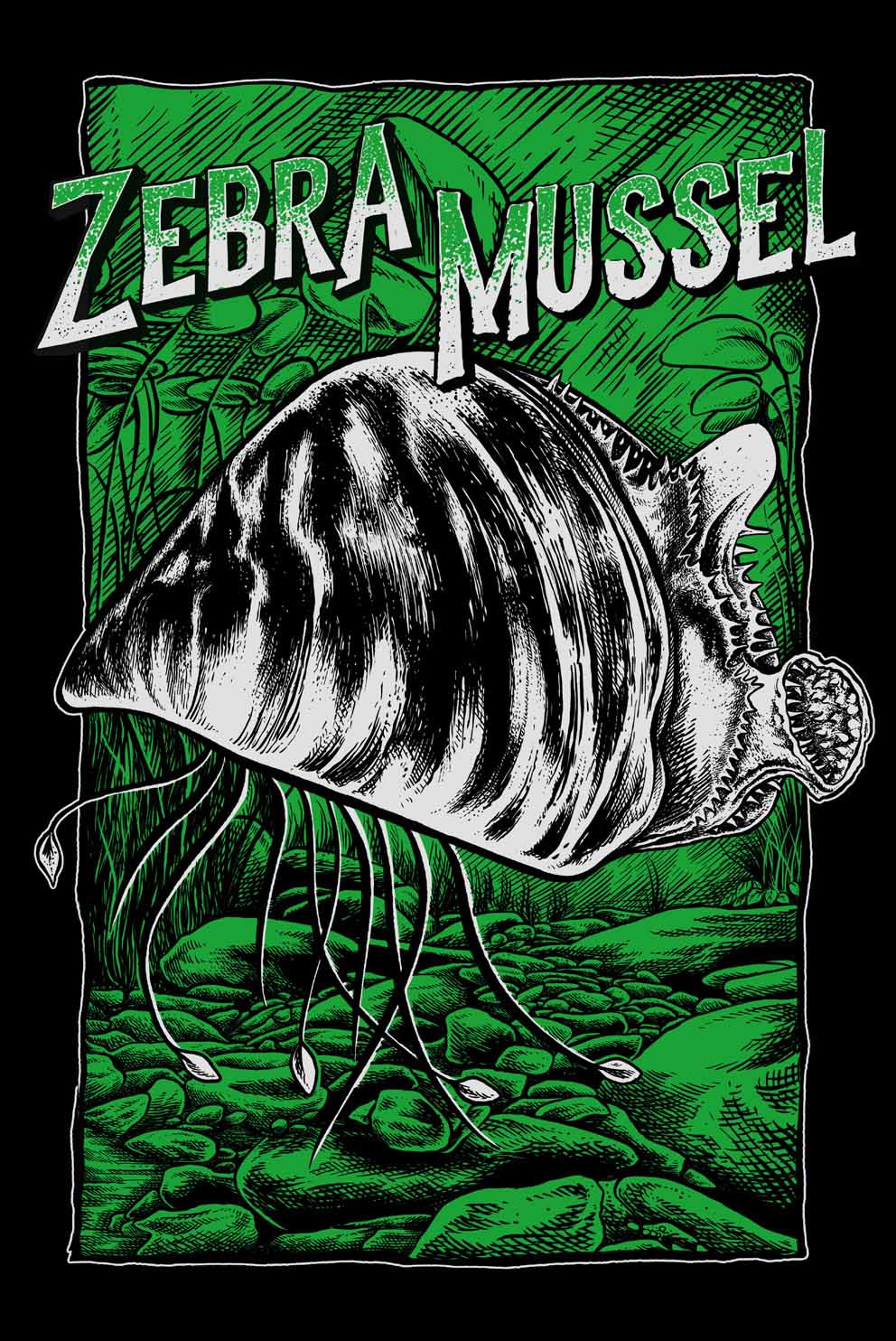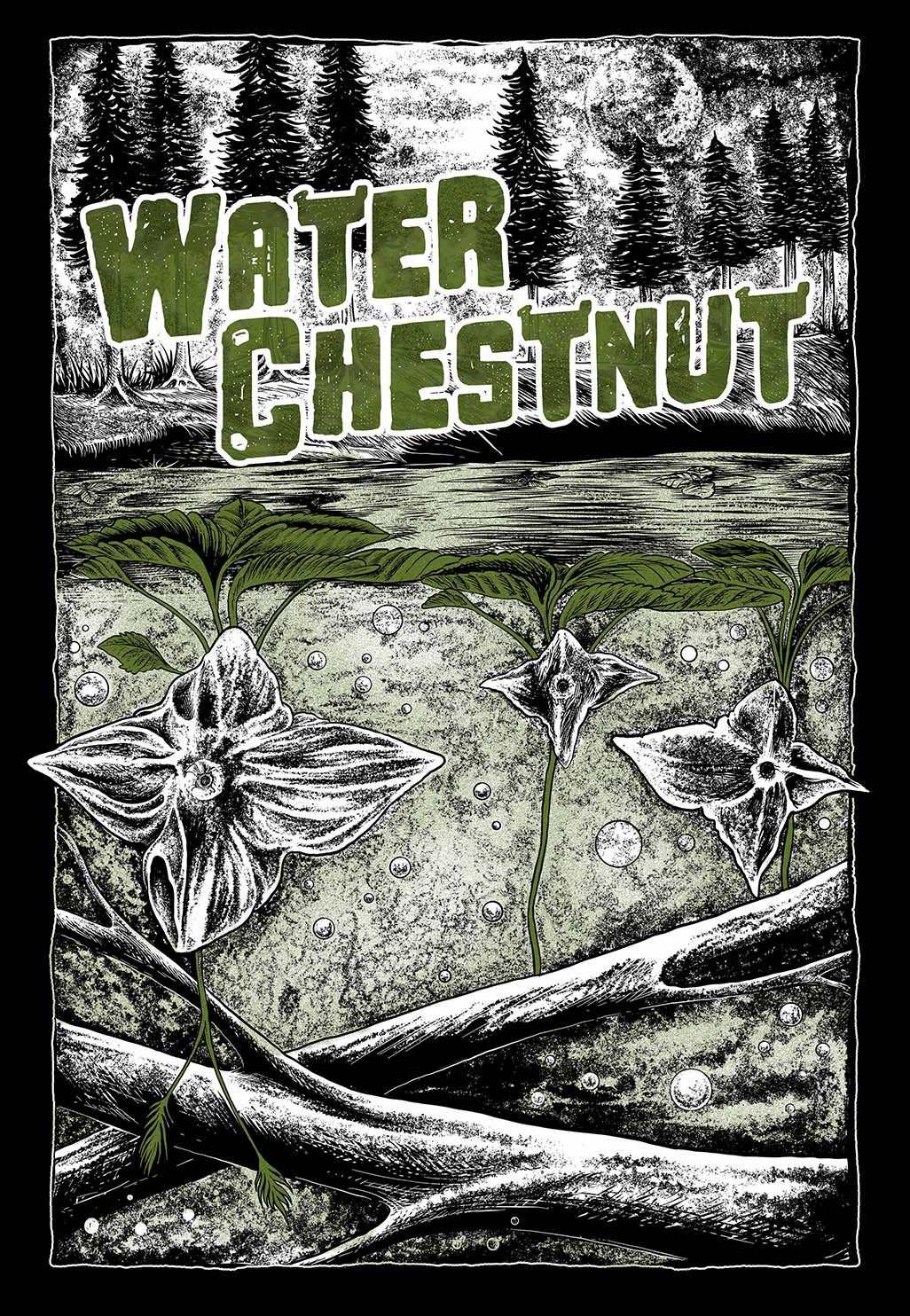
Two-Horned Water Chestnut
Seriously, a plant with horns is pretty scary. And if you saw the damage two-horned trapa (Trapa bispinosa), commonly known as water chestnut, can do to a freshwater body such as tidal rivers, streams, ponds, reservoirs, lakes and wetlands, you’d be terrified!
Two-horned trapa invades freshwater habitats such as ponds, lakes, and slow-moving streams. At present, two-horned trapa is found in Virginia at more than 70 sites in five counties: Fairfax, Prince William, Loudoun, Fauquier, and Charlotte. Waterfowl, particularly Canada geese, are known to move the seeds to new habitats when the barbed seed pods, the “horns” of the plant, attach to waterfowl and disperse into neighboring waters.
Like Eurasian water chestnut, two-horned water chestnut has the potential to obstruct water flow, inhibit recreational and commercial use of waterways, shade out submerged aquatic vegetation, starve aquatic species of oxygen, and outcompete native aquatic plants. A water chestnut colony can smother an entire pond or lake.
Two-horned trapa has floating leaves that are green with red undersides. Each leaf has an “inflated” petiole that allows the plant to float. Small, pink flowers with four petals emerge from the rosette center beginning in June. Two-horned trapa may flower and fruit from June until frost. The seed pod is up to 2 inches, with two opposing “horns.” Due to cold temperatures, two-horned trapa dies back in late autumn, but seeds can lie dormant for at least two years. Two-horned trapa can be confused with the invasive Eurasian water chestnut, which produces a four-horned seed pod, white flowers and entirely green leaves. Two-horned trapa has a two-horned seed pod, pink flowers and leaves with red undersides.
Two-horned trapa was discovered in Fairfax County in 2014 and is mostly concentrated in Northern Virginia, but has also been spotted in Charlotte County, Virginia, and Prince George’s County, Maryland. Two-horned trapa colonies may be removed by hand or mechanically. Hand-pulling has been shown to reduce the species effectively, but waters should be monitored yearly for plants emerging from seed. Removing all plants before they go to seed in late June to early July will help reduce the population over time. Continued control efforts will likely be necessary for several years. Plants may be left in the sun to dry out, then burned, buried, or bagged.
If you believe you have found two-horned trapa or the related Eurasian water chestnut, please report your sighting.
Learn More

